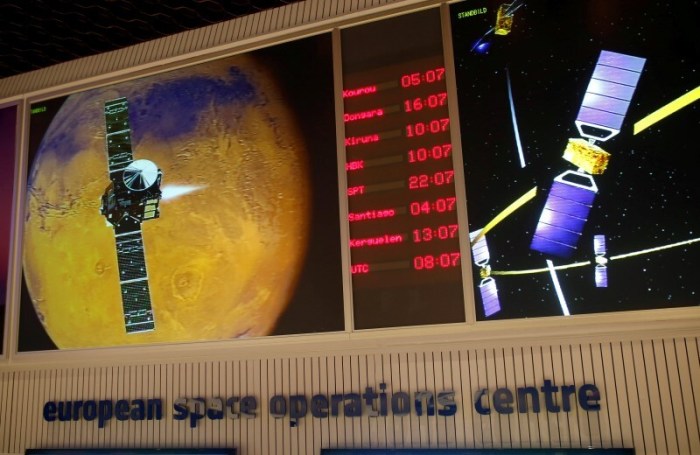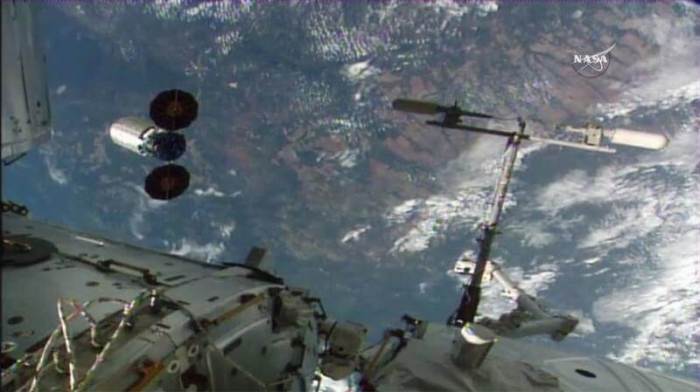tag:reuters.com,2016:binary_LOP000I3HVTIL-BASEIMAGE:960X540 fmt:jpegBaseline
tag:reuters.com,2016:binary_LOP000I3HVTIL-THUMBNAIL:160X90 fmt:jpegBaseline
tag:reuters.com,2016:binary_LOP000I3HVTIL-VIEWIMAGE:512X288 fmt:jpegBaseline
tag:reuters.com,2016:binary_LOV000I3HVTIL-STREAM:2000:16X9:MP4 fmt:H264/mpeg
tag:reuters.com,2016:binary_LOV000I3HVTIL-STREAM:300:16X9:FLV fmt:flashVideo
tag:reuters.com,2016:binary_LOV000I3HVTIL-STREAM:300:16X9:MP4 fmt:H264/mpeg
tag:reuters.com,2016:binary_LOV000I3HVTIL-STREAM:5128:16X9:MP4 fmt:H264/mpeg
tag:reuters.com,2016:binary_LOV000I3HVTIL-STREAM:512:16X9:FLV fmt:flashVideo
tag:reuters.com,2016:binary_LOV000I3HVTIL-STREAM:6756:16X9:MPG fmt:mpeg
tag:reuters.com,2016:binary_LOV000I3HVTIL-STREAM:700:16X9:FLV fmt:flashVideo
tag:reuters.com,2016:binary_LOV000I3HVTIL-STREAM:700:16X9:MP4 fmt:H264/mpeg
tag:reuters.com,2016:binary_LOV000I3HVTIL-STREAM:80:11X9:3G2 fmt:3gpp2MultimediaFile
tag:reuters.com,2016:binary_LOV000I3HVTIL-STREAM:80:11X9:3GP fmt:3gppMultimediaFile
tag:reuters.com,2016:binary_LOV000I3HVTIL-STREAM:8256:16X9:MP4 fmt:H264/mpeg
By Matthew Stock
June 16 (Reuters) – Scientists are tagging hawksbill sea turtles in a key South Pacific breeding ground, hoping that information fed to satellites will help them better understand the endangered species’ nesting, feeding and migration patterns.
With Thursday marking World Sea Turtle Day, environmental organization Nature Conservancy said it and local conservation officers are carrying out the project in the Arnavon Community Marine Conservation Area in the Solomon Islands, the largest hawksbill rookery in the South Pacific.
Turtle tagging is not new but a hawksbill satellite program on this scale has never previously been done in the Arnavons, Richard Hamilton of the Nature Conservancy said in a video release.
“We’re using satellite transmitters to get some really detailed in-depth information on where these turtles are going,” he said. “We’re capturing nesting female turtles and then we’re applying satellite tags, fiber-glassing them to the back of these females’ shells and then we’re letting them go.”
Hawksbills nest once every seven years on average, and the Arnavon nesting population is estimated in between 2,000 and 4,000, according to the Conservancy. Once the turtles leave the protected beach, they head to faraway foraging grounds scientists hope to learn more about thanks to the program.
The Conservancy began attaching satellite tags to 10 hawksbill turtles in mid-April, the start of the peak nesting season. It aims to tag 10 more in both 2017 and 2018. Adhesives attaching the GPS trackers to the turtles will disintegrate after about a year, it said, allowing them to fall off.
“Those GPS tags are taking a fix every three hours when the turtle comes to the surface and that’s giving us a really detailed understanding of the fine scale movements of these turtles during their nesting period,” Hamilton said.
“And also it will give us some very detailed information of where these turtles re-migrate back to their foraging ground.”
Hawksbill sea turtles are classed as critically endangered, with populations falling about 80 percent in the last three turtle generations, the Conservancy said.
Poaching is a key reason, as is climate change. The Conservancy said two tagged turtles had been poached soon after their trackers were attached.
(Editing by Catherine Evans)














